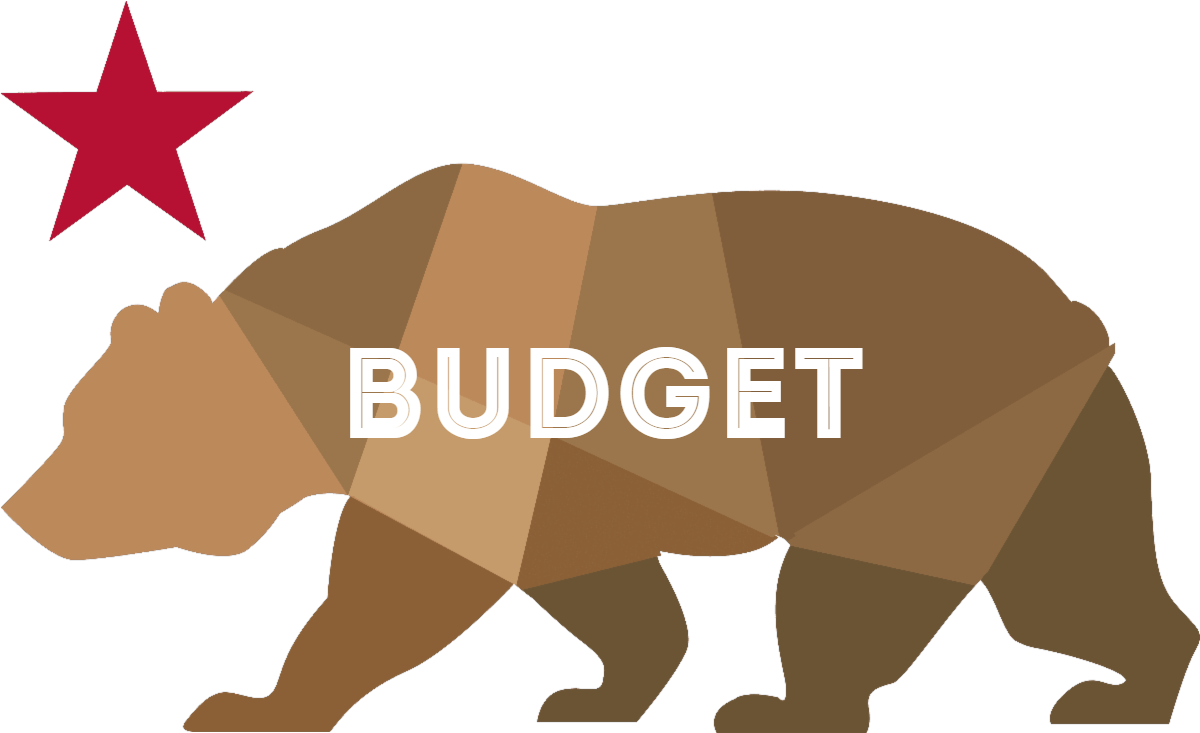Gov. Newsom Proposed Budget
Governor Newsom Proposes New Fiscal Year Budget
- $ 6.7 million one-time General Fund ($3.35 million in the current year and $3.35 million in July 2021) with the University of California Cooperative Extension to provide technical assistance and grants to small, mid-sized and underserved farmers; this assistance may include business planning, compliance, and accessing state and federal funds
- $8.7 million in federal funds and 24 positions at the Department of Food and Agriculture to implement the Food Safety Modernization Act
- Climate smart agriculture funding (see the Climate Change section below)
- $40 million General Fund for the State Water Efficiency and Enhancement Program (see the Water section below)
- $6 million General Fund ($4 million for current year and $2 million in July 2021) to do an assessment of EPA/CDFA regulations and identify opportunities to streamline regulations, reporting, and develop a unified licensing portal for program regulation and payment
- Proposed extension of the Carl Moyer Memorial Air Quality Standards Attainment Program (Carl Moyer Program) which provides grant funding for cleaner-than-required engines, equipment, and other sources of air pollution with the State Air Board and local air districts until 2024
- Allow the Department of Industrial Relations to increase budget by $14.4 million and position allocations by 70 to hire additional Cal/OSHA inspectors
- Provides $8.6 million and 43 positions to allow access to workers comp benefits under SB 1159 and investigate workplaces that violate COVID-19 specific guidelines and regulate businesses for adequate personal protective equipment stockpiles for future crises
- Establish a new Department of Better Jobs and Higher Wages compromised of several existing Labor Workforce Development Act agencies involved in job training, labor market information, and apprenticeship programs
- Replacing the current pesticide mill assessment structure (which is non-discriminatory on pesticide type), with a risk-based assessment strategy that charges a higher mill for higher risks (i.e. those pesticides with no classification or a ‘caution’ classification would go from 21to 26 mills, ‘warning’ would go to 40 mills and ‘danger’ would go to 45 mills)
- $54 million in Cap and Trade expenditures ($30 million in current year and $24 million in July 2021) for the Safe and Affordable Drinking Water fund
- $60 million in one-time General Fund ($30 million in current year and $30 million in July 2021) to DWR for implementation of the Sustainable Groundwater Management Act (SGMA) to support economic mitigation planning and implementation projects










